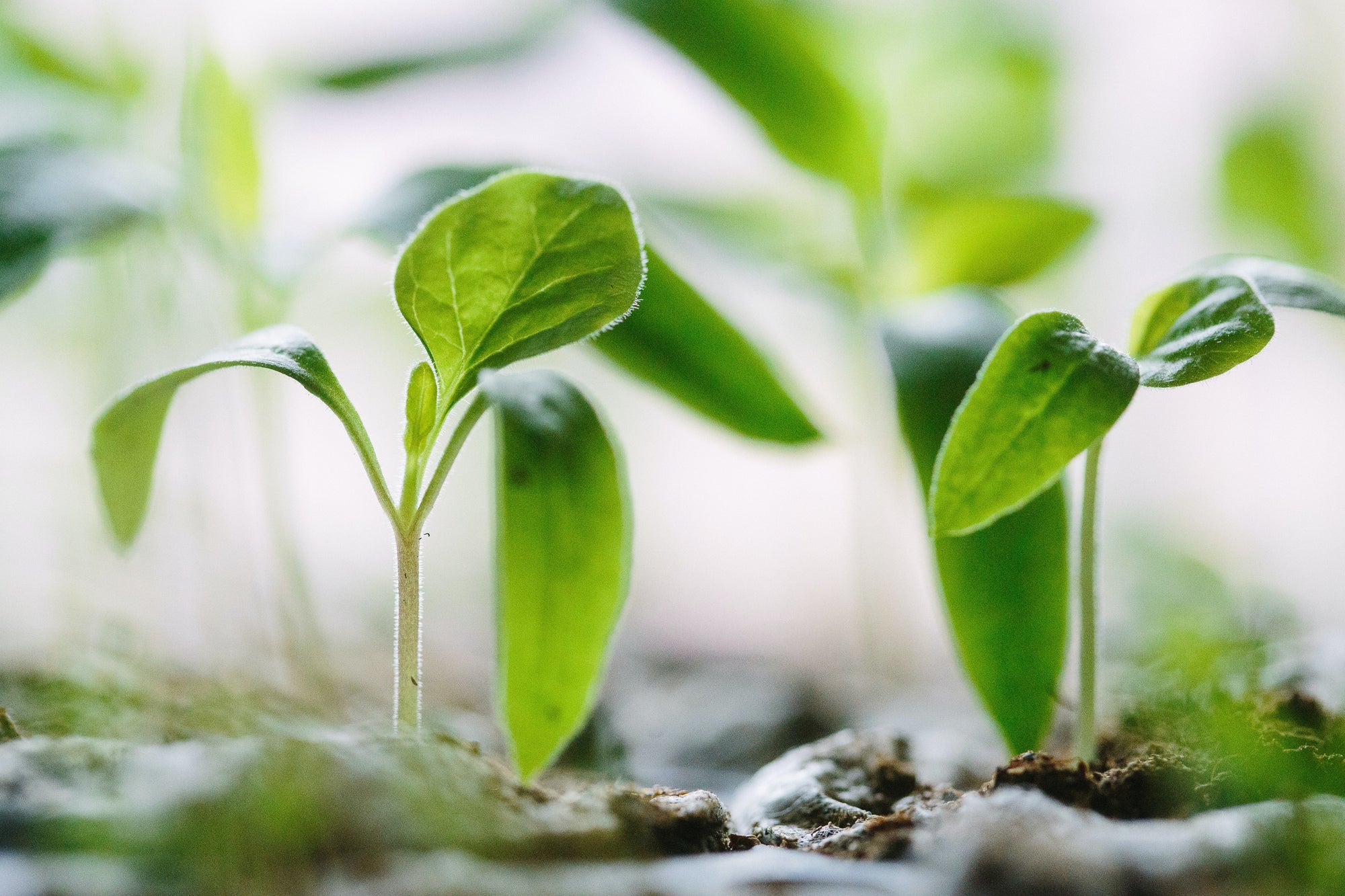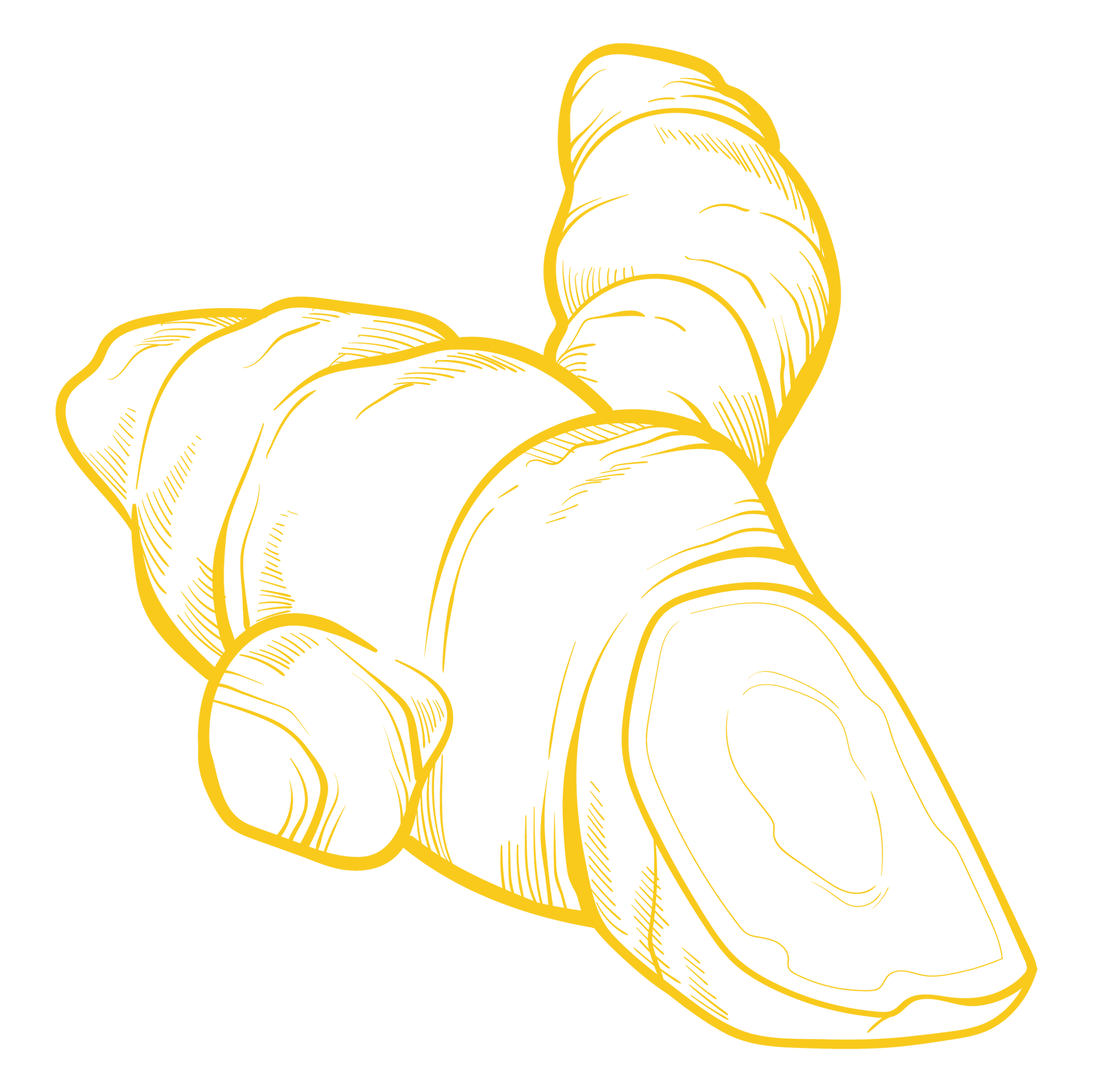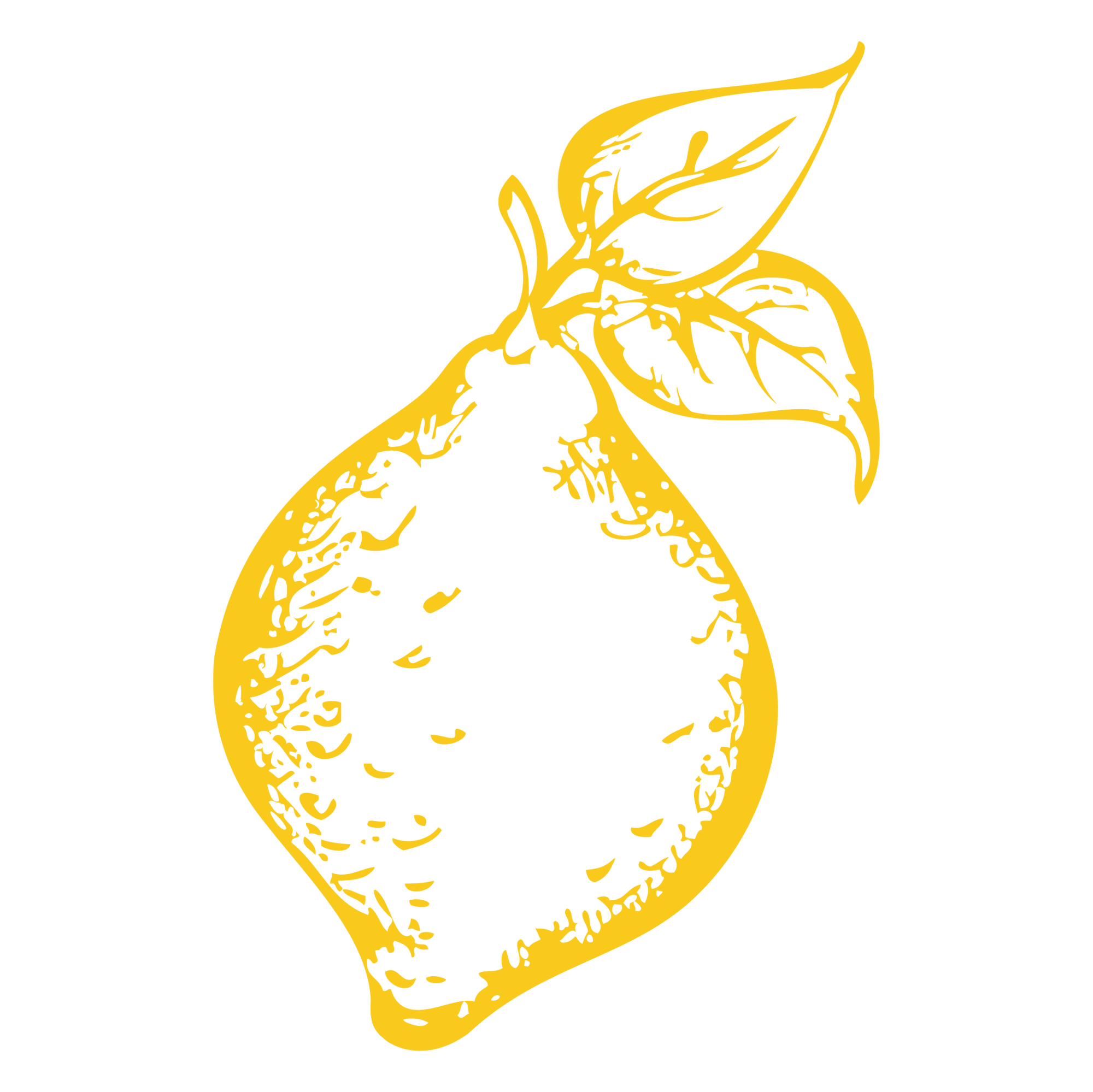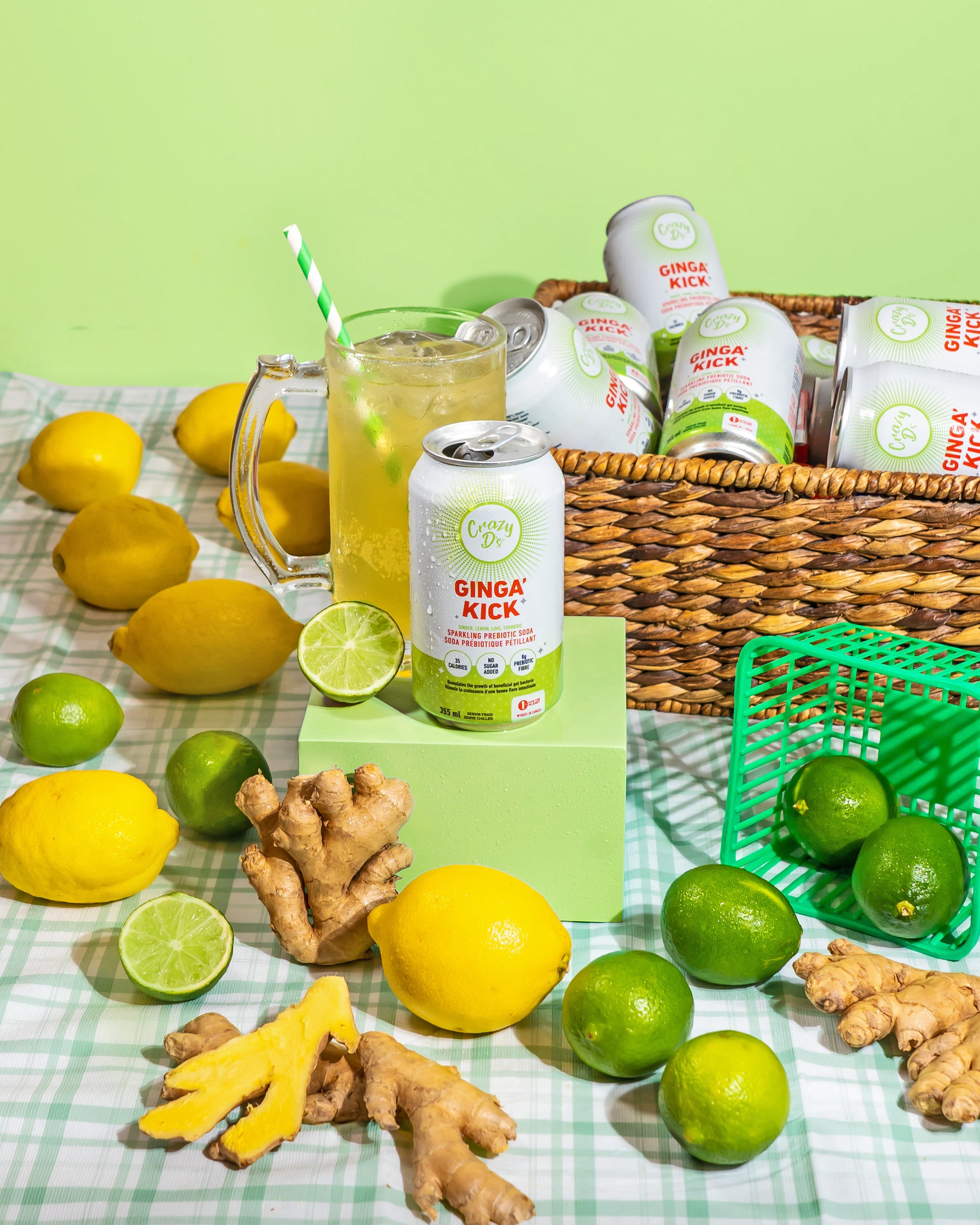
Prebiotics Feed Probiotics
The human body is more microbiota than human.
Wait, what?
Made up of trillions of microorganisms, or bacteria, microbiota outweigh human cells 10:1. And what’s more, this bacteria plays a vital role in our overall health.

The human body is more microbiota than human.
Wait, what?
Made up of trillions of microorganisms, or bacteria, microbiota outweigh human cells 10:1. And what’s more, this bacteria plays a vital role in our overall health.
That’s right, even though you likely have trillions of probiotics in your system, since the majority of the population don’t eat enough overall fibre content, their probiotics could utilize some amazing benefits from a nice meal. In order for your gut health — and overall health — to thrive, your healthy, good bacteria need to eat! That's where prebiotics come in.

Prebiotics are a form of soluble fibre found primarily in plant material, which feed and fuel your existing probiotic bacteria. Once consumed, they pass through the stomach, which is basically a holding tank that churns, grinds and then launches your food into the small intestine, which digests your food and releases nutrients into your bloodstream. Fibres, however, pass through the small intestine largely undigested and make their way intact to the large intestine, which is the home of our gut flora. From here, prebiotic fibres are “eaten” by probiotics. This makes your probiotics stronger so they can overcome bad bacteria (pathogens) while multiplying (proliferating) themselves. This results in a stronger immune system and aids allergy prevention.The result of the “feeding” process is “in house” fermentation, which creates an extremely important bi-product called short-chain fatty acids. Studies indicate the creation of natural short-chain fatty acids plays an integral role in health and disease. This includes energy creation, decreased internal PH, improved digestion (especially fats and carbohydrates), reduced cholesterol levels, increased mineral absorption along with anti-inflammatory impacts, better blood sugar level control and reduced risk of heart disease and colon cancer.

The human diet is the main source of energy for the growth of good bacteria. Prebiotics naturally exist in smaller amounts in many different plant-based foods we currently eat including garlic, onions, asparagus, apples and green bananas, though are most prevalent in foods that were more abundant in our ancestral diets. Some sources that are high in prebiotic fibre content include: yacon root, jeruselum artichoke, chicory root, dandelion root (dandelion greens contain small amounts), baobab fruit powder, acacia fibre (from acacia tree), jicama, konjac root, flaxseeds, seaweed and breast milk!
Scientists have long studied the differences in our modern-day diet compared to that of hunter/gatherers and foragers — before the agricultural revolution — for who chronic diseases were seemingly obsolete.. In addition to higher levels of activity, research has shown that a typical male hunter-gatherer diet consisted of approximately 135g of prebiotic (inulin-type) fibres per day, far greater than that of the average modern-day American, which is only 15g for overall fibre. This suggests a connection to the lack of chronic disease.
Studies also show that a healthy gut microbiome positively influences mood, hormone levels, memory, learning and some psychiatric disorders.

Crafted from real ingredients clinically proven to be high in prebiotic fibre, such as yacon root, chicory root, baobab fruit and acacia fibre, Crazy D’s Sparkling Prebiotic beverages are designed to support a healthy lifestyle when balanced with a healthy diet and other great sources of fibre. We combined traditional botanical ingredients to create three light, refreshing, sparkling drinks.
Complement your health and quench your thirst — now that’s crazy! No, it's just Crazy D’s Sparkling Prebiotic beverages.